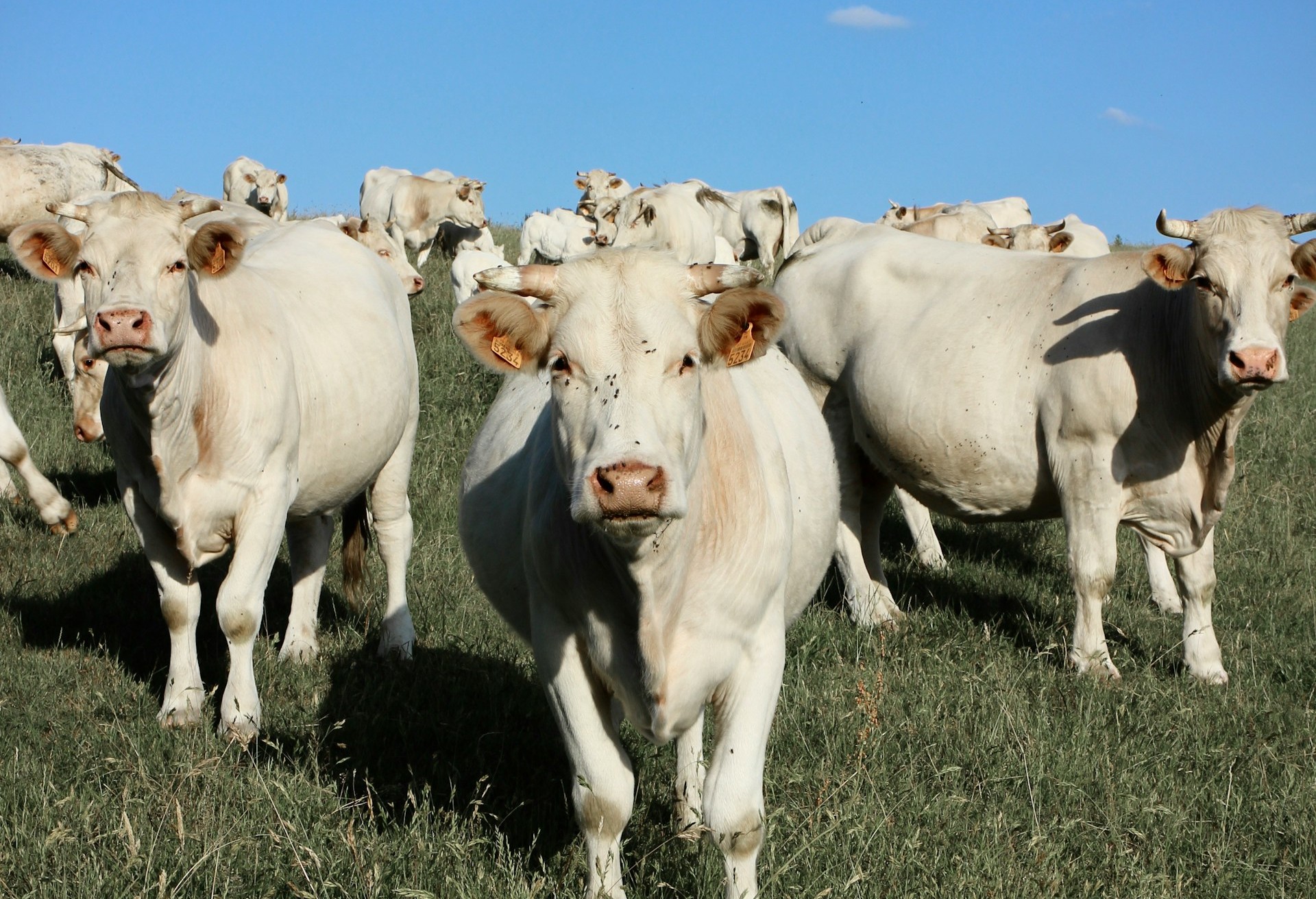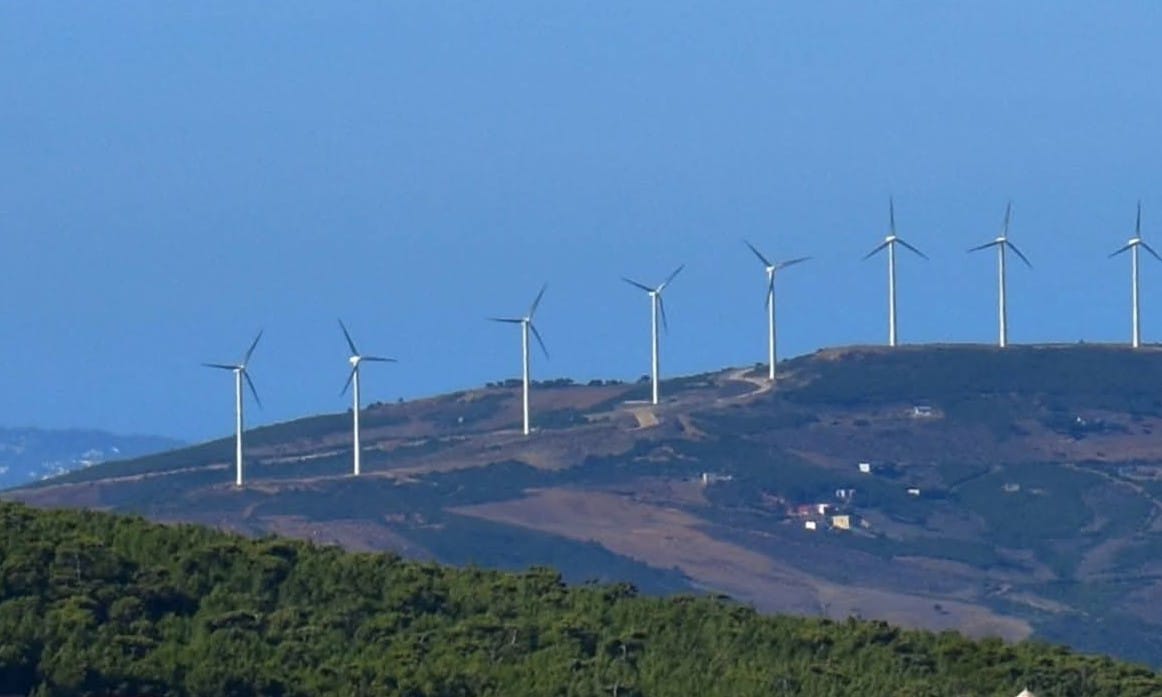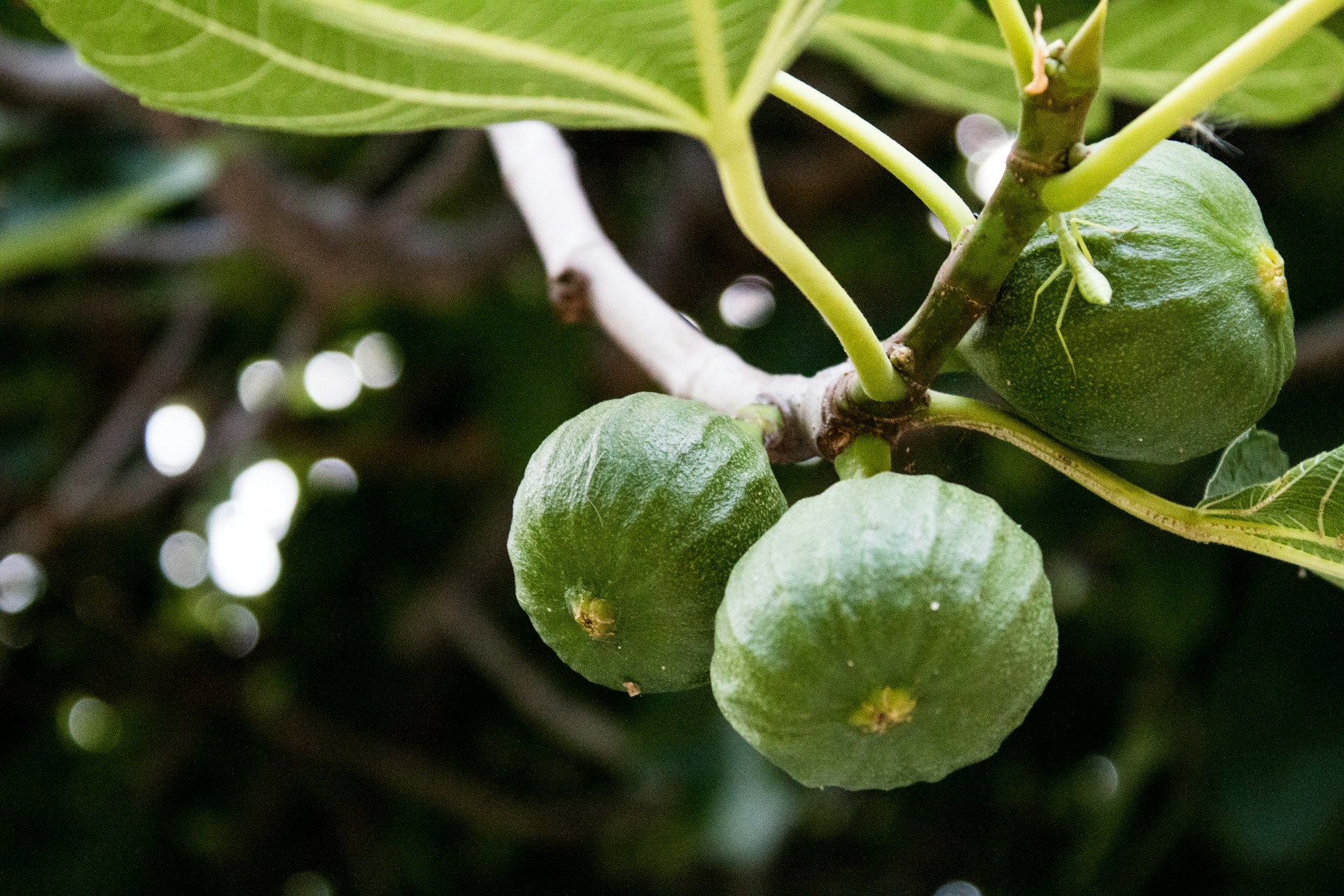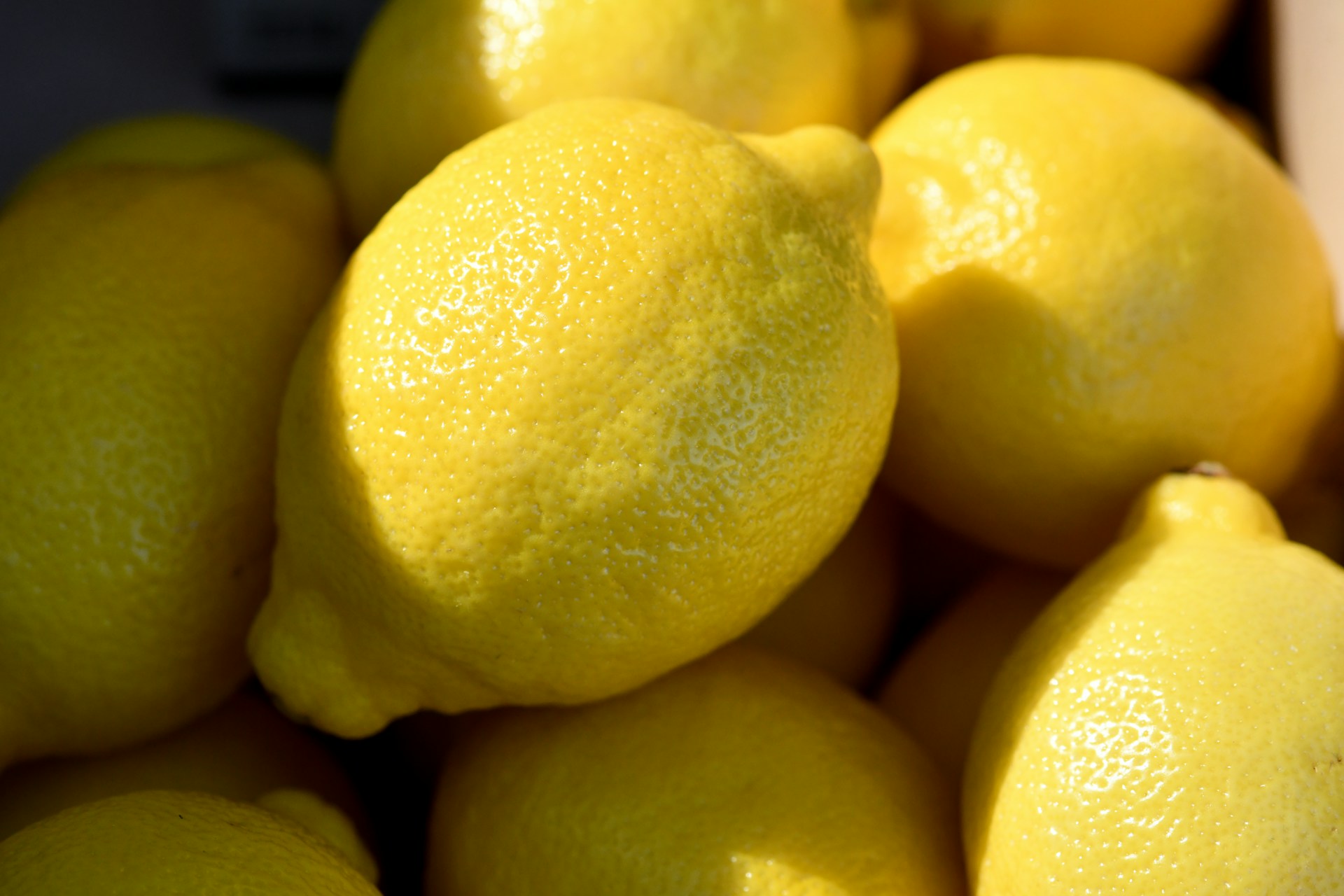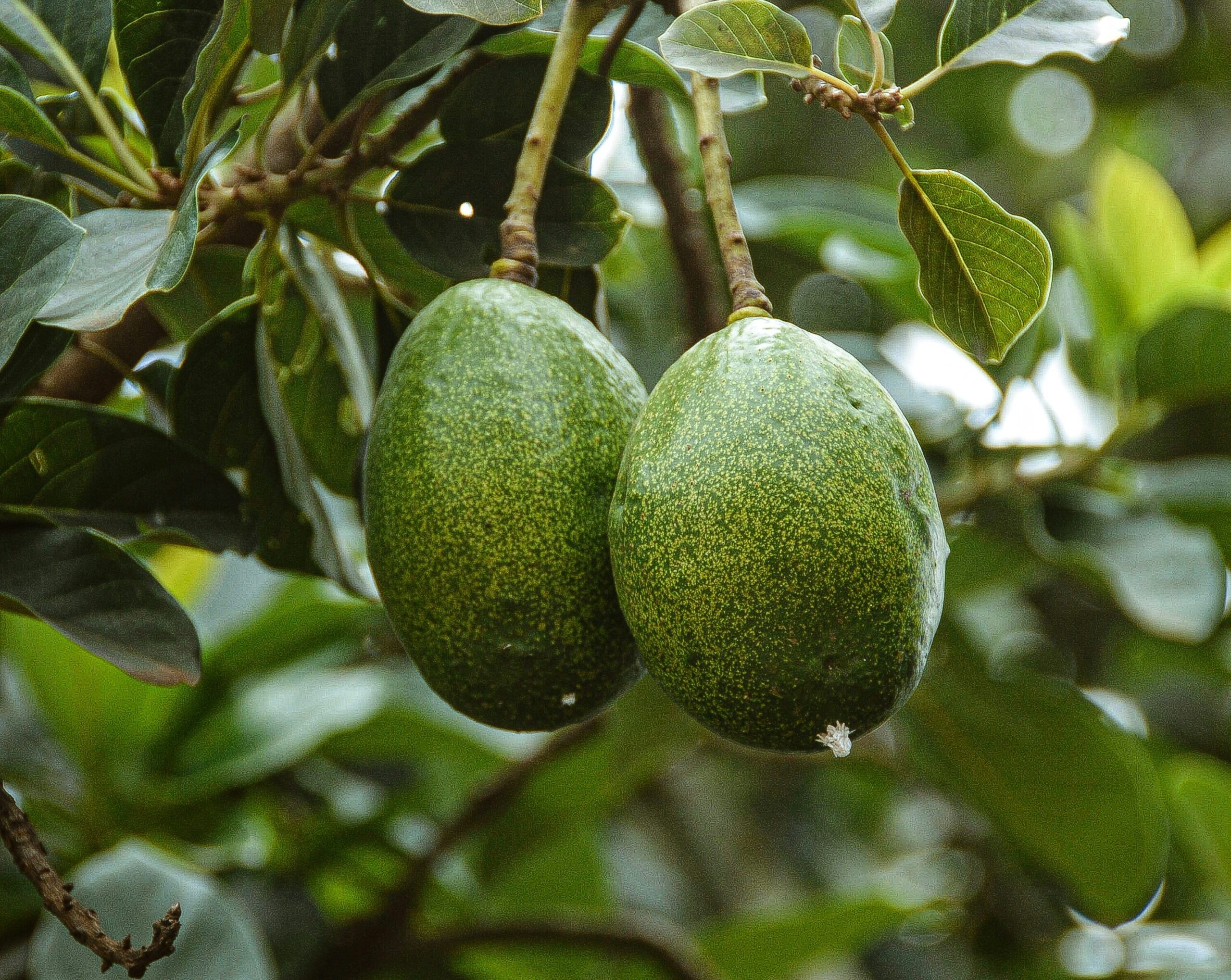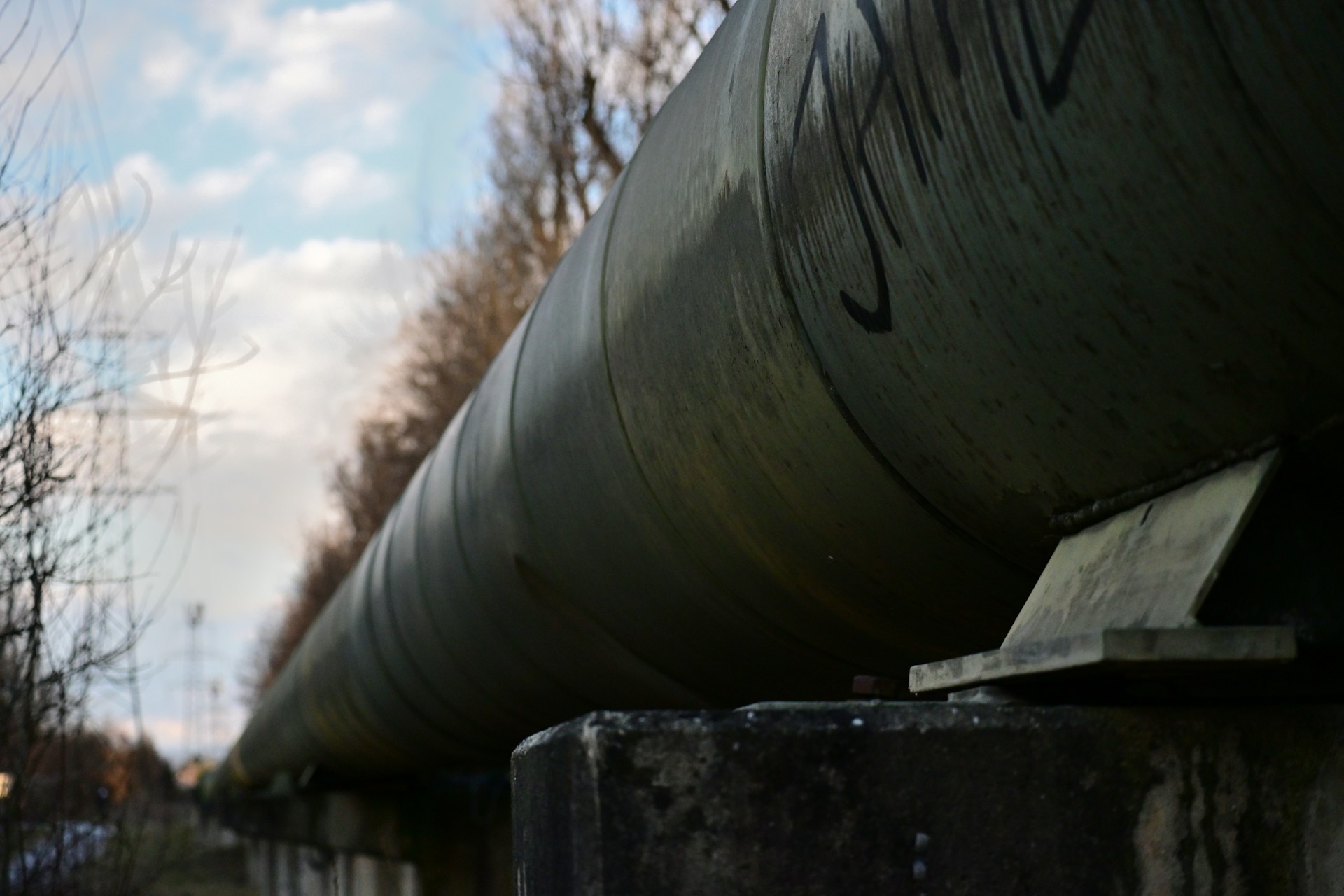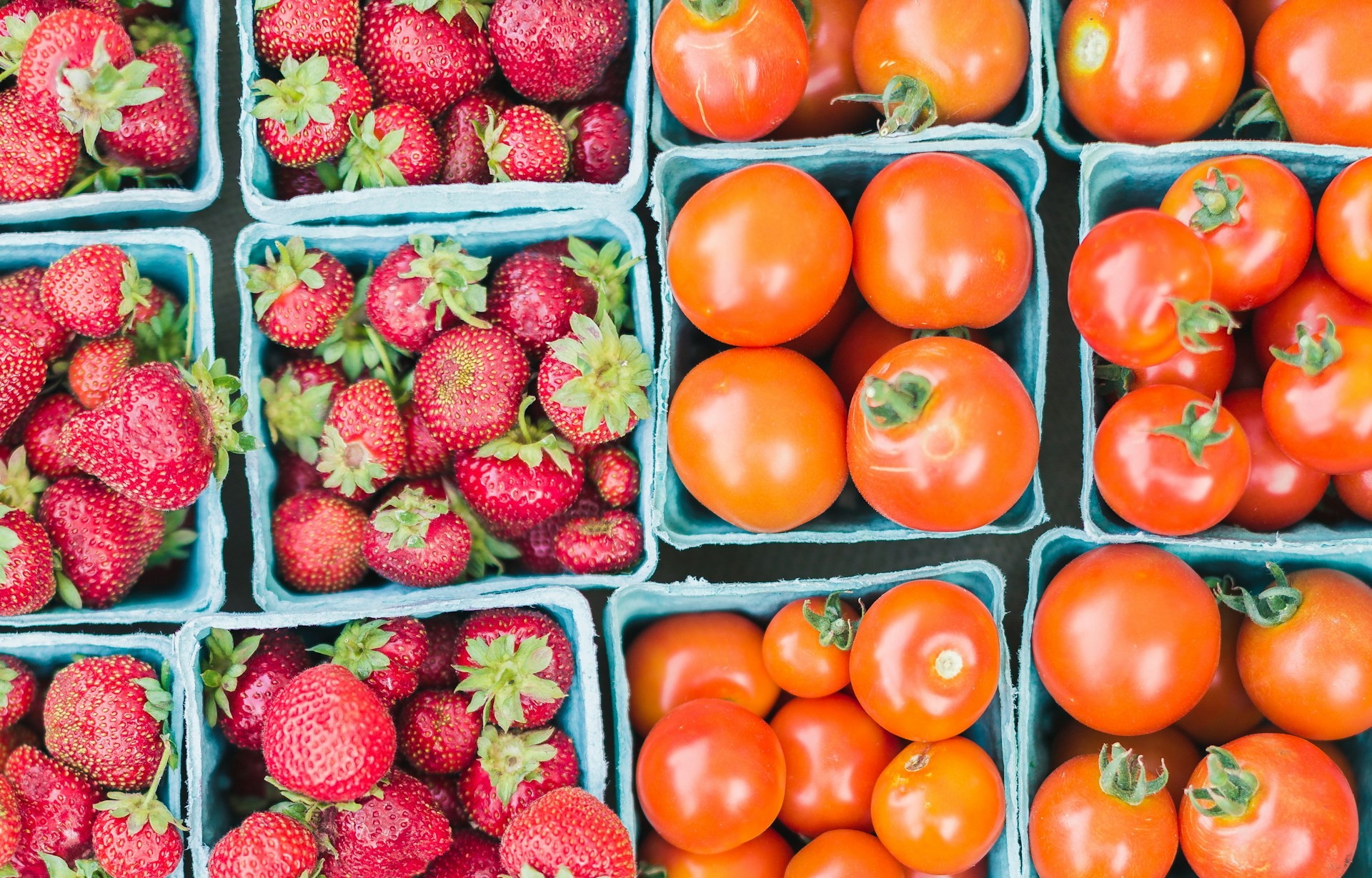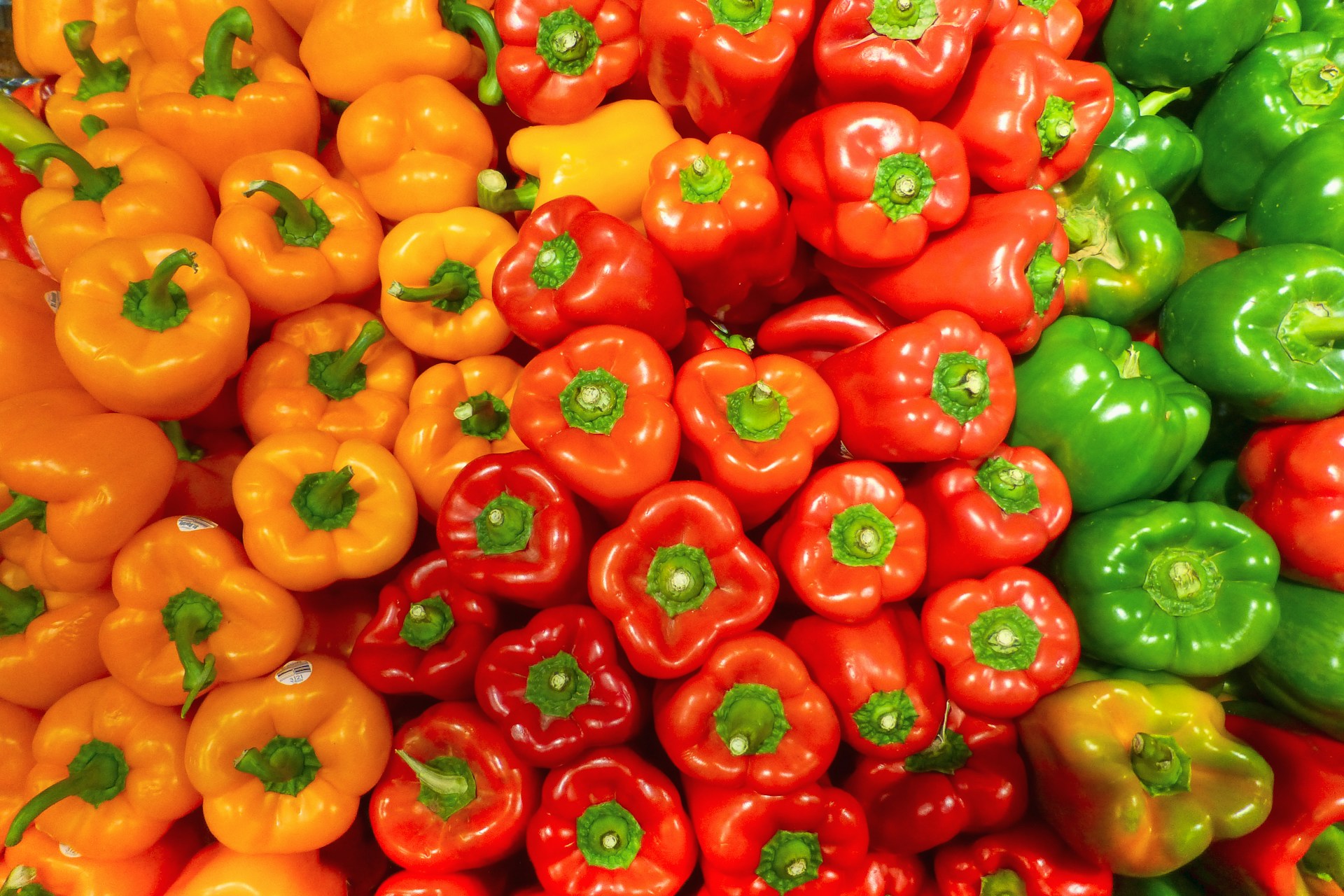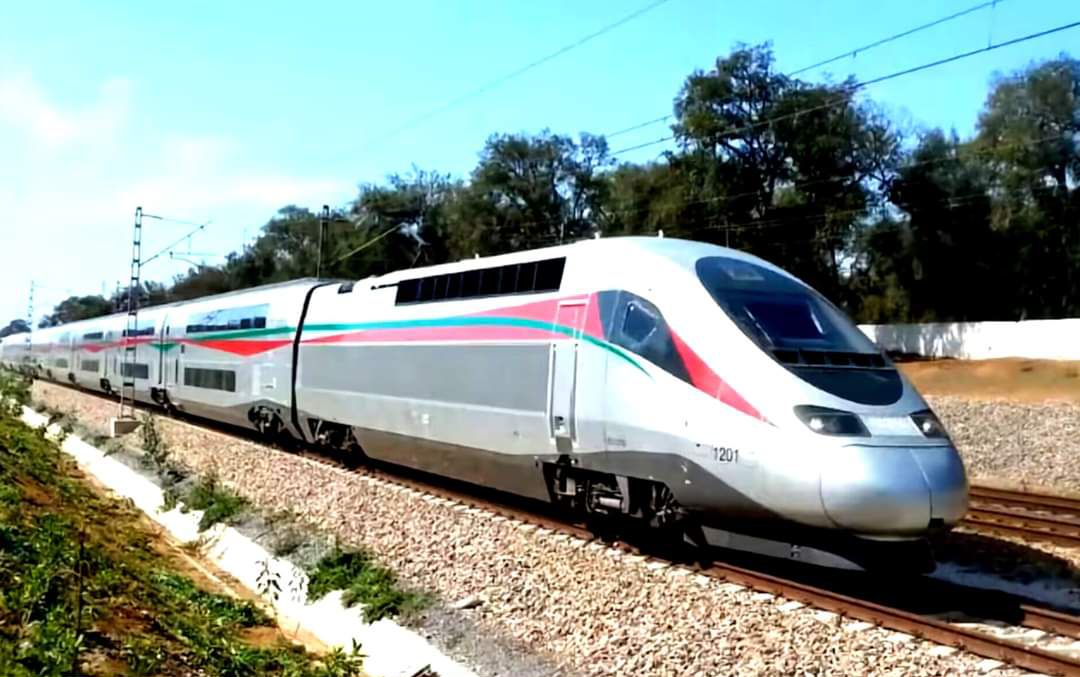Casablanca – Morocco is strengthening its role among the top global fig producers with plans to expand its fig cultivation and introduce drought-resistant varieties. According to Mohamed Sadiki, Morocco’s Minister of Agriculture, the country currently cultivates figs on 70,000 hectares, yielding between 140,000 and 150,000 tons annually. This initiative is part of Morocco’s Green Generation Strategy, which aims to broaden the area dedicated to fig farming and enhance the resilience of fig varieties.
Launched in 2020 and continuing until 2030, the Green Generation Strategy seeks to improve agricultural practices, including fig cultivation. A key focus is on developing drought-resistant fig varieties, essential for adapting to Morocco’s climatic challenges. These new varieties are expected to perform well in drier conditions, particularly in mountainous regions where traditional fig farming may be less viable.
The importance of figs in Morocco’s agriculture is underscored by recent data. Fig production not only forms a vital part of the country’s agricultural heritage but also significantly contributes to the local economy. Key fig-growing regions include Meknes, Fez, and Tafilalet, where the climate and soil conditions are ideal for producing high-quality figs. Morocco’s efforts to enhance fig cultivation practices aim to sustain and improve this reputation.
Traditional drying methods are crucial for maintaining the quality and flavor of Moroccan figs. These techniques help preserve the fruit’s taste and nutritional value, which are integral to its strong position in global markets. Moroccan figs are known for their superior quality, with meticulous selection ensuring that the fruit is ripe, juicy, and rich in fiber, vitamin C, potassium, and calcium.
Maintaining fig quality throughout the supply chain is vital. Improper storage and transportation can degrade taste and nutritional content, making careful handling essential to preserving high quality and meeting international standards.
The region of Taounate, which produces 40% of Morocco’s figs, continues to lead in fig production with ambitious expansion plans. Since the launch of the Green Morocco Plan, 2,200 hectares of fig trees have been planted in Taounate, with an additional 500 hectares planned by 2025. The harvest season, occurring in June and September, is crucial for meeting both local and international demand.
Morocco’s strategic focus on expanding fig cultivation and introducing drought-resistant varieties reflects its commitment to advancing the fig industry. With ongoing investment in this sector, Moroccan figs are poised to maintain their esteemed status in both domestic and global markets. This expansion not only highlights Morocco’s agricultural innovation but also represents a promising opportunity for future growth and development in the fig industry.

